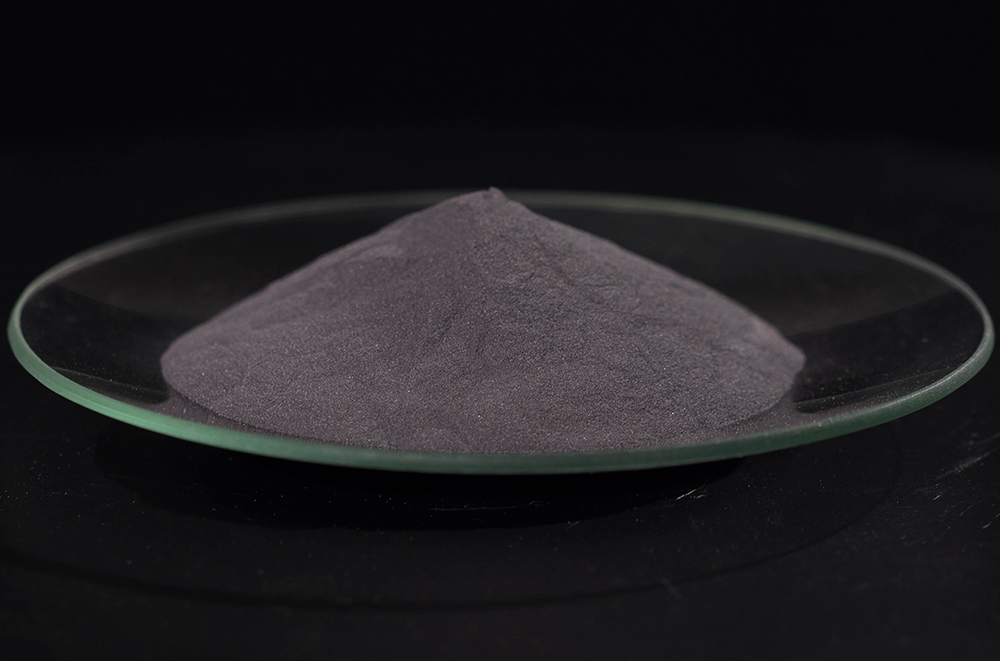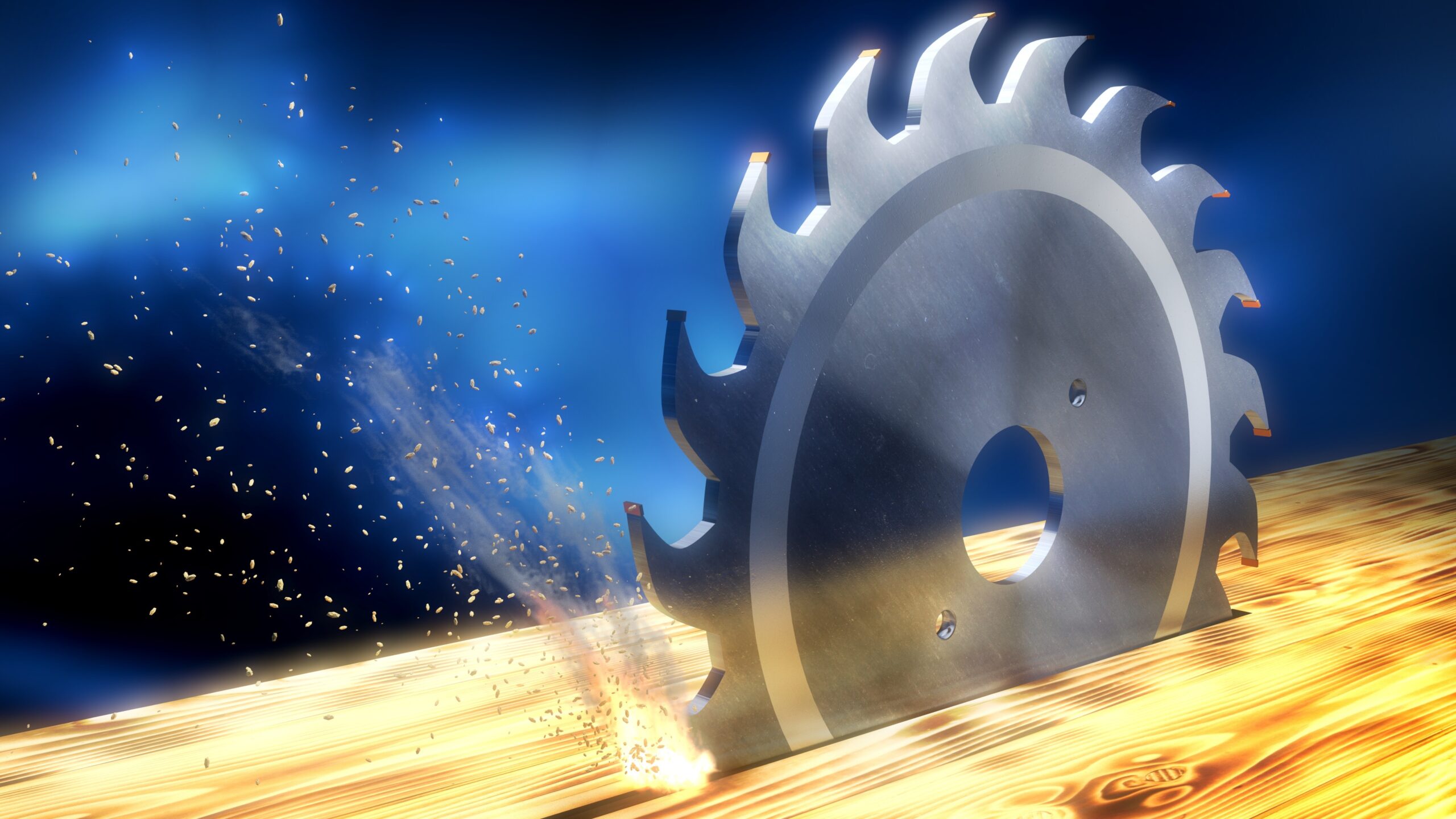Tungsten Carbide (WC) one of the most widely used Cutting Tool Material in modern machine shops. Due to its high wear resistance characteristic it is applied in many applications that includes Metal Cutting, Mining, Wear Parts, X-Ray Tubes,
Wire Filaments and Metal Forming. However, we will discuss about metal-cutting here.
Tungsten Carbide has all the required properties to cut almost any material that is being used in various industries. It has changed the concepts high speed machining.
History
The history of Tungsten Carbide can be traced back to 1700s when tungsten was first extracted from the ore Wolframite. Historically it is referred to as Wolfram (Wolf Rahm) and hence it’s chemical symbol is “W” The name Tungsten comes from two Swedish words Tung Sten means “Heavy Stone” The chemical formula for Tungsten Carbide is WC (i.e. Tungsten / Wolfram + Carbon).
The main use of Tungsten Carbide is to manufacture Cemented Carbides or it is more often referred to as Hardmetal and this Cemented Carbide is used as a Cutting Tool Mateial. The Cemented Carbide is made by “Cementing” Tungsten Carbide (WC) grains into a composite by a binder metal such as Cobalt (Co). The chemical
formula for Cemented Carbide is WC+Co.
In order to improve the performance of the Cemented Carbides (WC+Co), other Carbides of Titanium (TiC) and Tantalum (TaC) are also added. These additional metal carbides significantly improves the high temperature wear resistance, hot hardness and the oxidation stability of Cemented Carbides.
Cemented Carbide was produced by Germany based Osram Lamp Works in 1920s and then it was licensed to Krupp AG who later introduced cemented carbide under the brand name of WIDIA (WIe DIAmant – that means “Like Diamond”) Today, the cemented carbides are manufactured by tweaking the metallurgy in terms of grain size and ingredients as well as surface coatings in order to achieve the desired results.
Properties
There are two main mechanical properties are important for a cutting tool and they are Hardness and Toughness and as we know both moves in opposite directions. When you try to increase the toughness in a cutting tool material, you will have to compromise the hardness and vice-a-versa.
So, how to get the desired hardness or toughness? It is done by tweaking the metallurgy of the cemented carbide. For example, if the cemented carbide is made up of WC (94%) + Co (6%), then it would be a harder composite as the hard phase contributes 94%. Now, if the binder metal (in this case Co) is increased to 8% and WC is decreased to 92%, then it would be tougher than the previous composition.
Another factor that is affecting the Hardness / Toughness is the Grain size of the carbide particles. Fine grain size improves the Hardness whereas coarse grain size enhances the Toughness. As mentioned above additional carbides such as Titanium Carbide and Tantalum Carbide also improves the desired properties.
ISO Classification of Cemented Carbide Grades & Color Codes.
As we know that the Hardness and Toughness are in opposite direction to each other. The Cemented Carbide Grades are also classified in the same manner. Also, the workpiece materials category is given color codes to identify the application of the hardmetal grade. Please refer the below chart to understand the ISO Classification.

Now, let’s understand the chart. The chart consists of alphabetical letters, numbers and colors and each element describes characteristic of the carbide grade depending upon the application. One has to read the chart as described below:
Color Codes:
- Blue Color is for Steel Applications
- Yellow Color is for Stainless Steel Applications
- Red Color is for Cast Iron Applications
- Green Color is for Non-Ferrous Applications
- Orange Color is for Hi-Temperature Alloys / Exotic Materials / Super Alloys
- Grey Color is for Hardened Metals applications
Alphabetical Letters:
P for Blue, M for Stainless Steels, K for Cast iron, N for Non-Ferrous Materials, S for Super Alloys and H for Hardened Materials.
Numbers:
0 –> 50 Increasing Toughness
50 –> 0 Increasing Hardness
I hope now it should be clear to you that how the carbide grades are defined. Let’s understand with an example. If your application is medium machining of stainless steels with minor interruptions. Then your choice should be a carbide grade with M20 – M30 application range.
Relationship with cutting parameters.
Cutting parameters has direct relationship with the Carbide Grade. Harder grades (ISO application range 1 – 15) are best suitable for higher cutting speeds whereas tougher grades ( ISO application range 30 – 50) are more suitable higher feed rates and or higher depth of cuts. However, please consider that the cutting parameters are also depends on other factors such as material being machined, machine rigidity, available power, coolant, chip breaker geometry, tool’s nose radius etc. hence, cutting parameters should be selected accordingly.



0 Comments